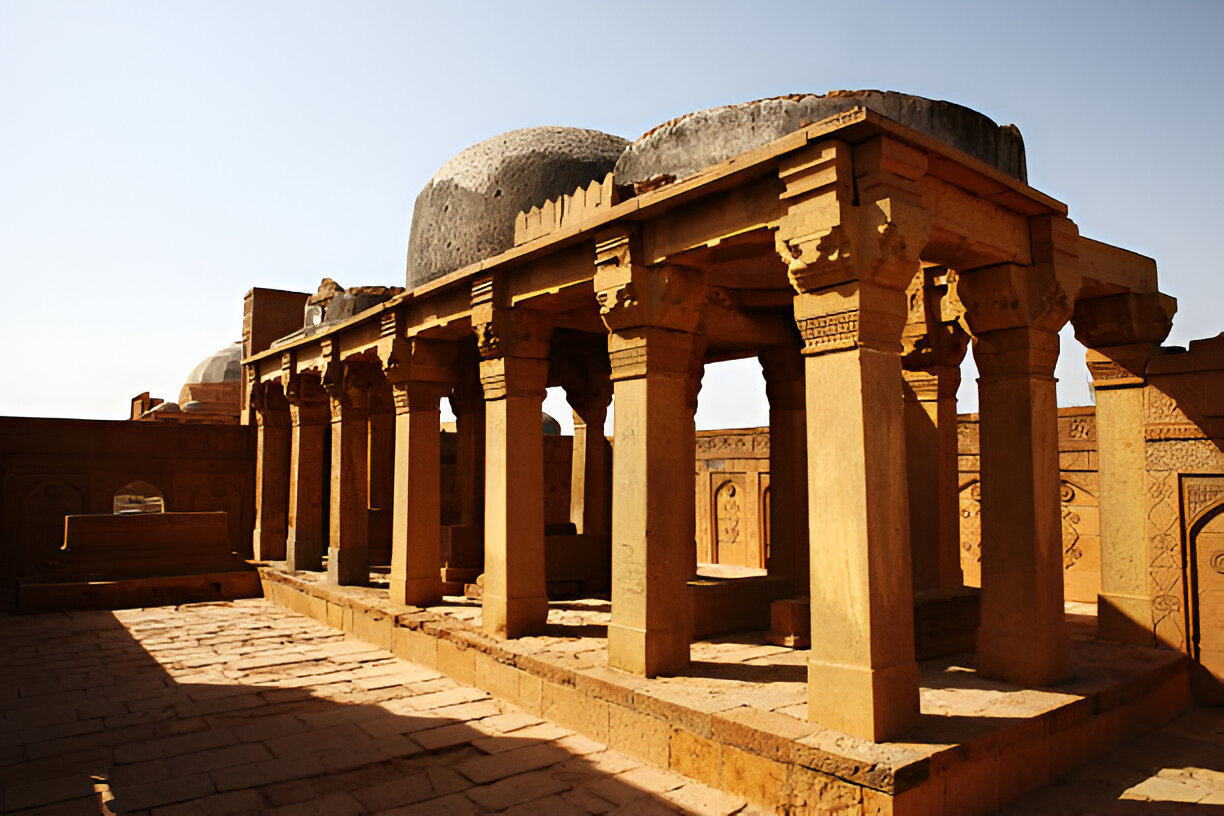
Pakistan is a living museum. Across its mountains, plains and deserts lie layered civilizations — from the Neolithic villages of Mehrgarh to the urban sophistication of the Indus cities, to Buddhist learning centers, medieval forts and vast necropolises. These archaeological sites are windows into human history: social life, trade, faith, art and architecture preserved in stone, brick and earth. This guide tours the most important archaeological sites in Pakistan, what makes each unique, and practical tips for visiting and appreciating these fragile treasures.
Table of Contents
Toggle1. Mohenjo-daro (Sindh) — The Great Indus City
One of the world’s earliest major cities (c. 2600–1900 BCE), Mohenjo-daro is the crown jewel of the Indus Valley Civilization. Planned streets, baked-brick houses, an advanced drainage system, public baths (the Great Bath) and carefully-laid urban blocks reveal a highly organized society. Visiting Mohenjo-daro is like stepping back into the Bronze Age — archaeologists still debate its social structure, script and causes of decline.
Why visit: Exceptional urban planning and the Great Bath; UNESCO World Heritage site.
Tips: Visit early morning to avoid heat; carry water and a hat; photography is allowed but follow site rules.
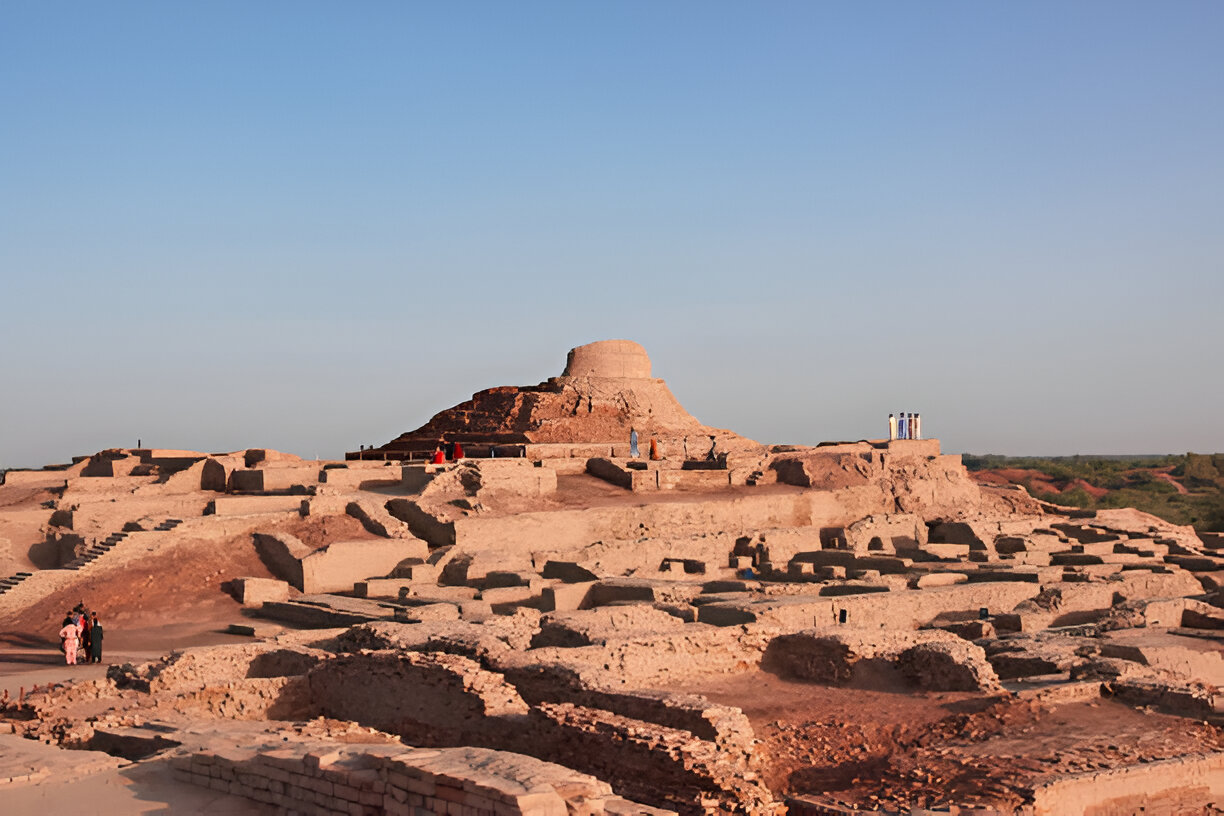
2. Harappa (Punjab) — Twin of the Indus Cities
Harappa, excavated in the 1920s, was a major Indus settlement that gives its name to the whole civilization. The site shows similar planning to Mohenjo-daro with granaries, houses and craft areas. Its museum (in Harappa town) houses terracotta figurines, beads and pottery.
Why visit: Insight into Indus crafts, trade and daily life.
Tips: Combine with a visit to nearby museums; many finds are displayed in Lahore and Karachi museums.
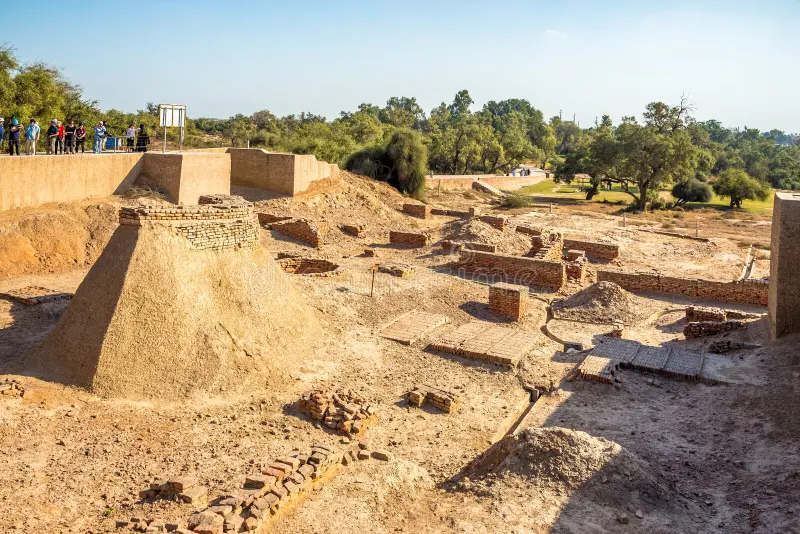
3. Mehrgarh (Balochistan) — Birthplace of Farming in South Asia
Dating back to 7000 BCE, Mehrgarh is among the oldest Neolithic sites in South Asia. It shows early farming, animal domestication, pottery and craft specialization. Mehrgarh provides crucial evidence for the transition from hunter-gatherer to settled agricultural life.
Why visit: One of the earliest traces of settled human life in the region.
Tips: The site is sensitive — check access and permits through local authorities or archaeological departments.
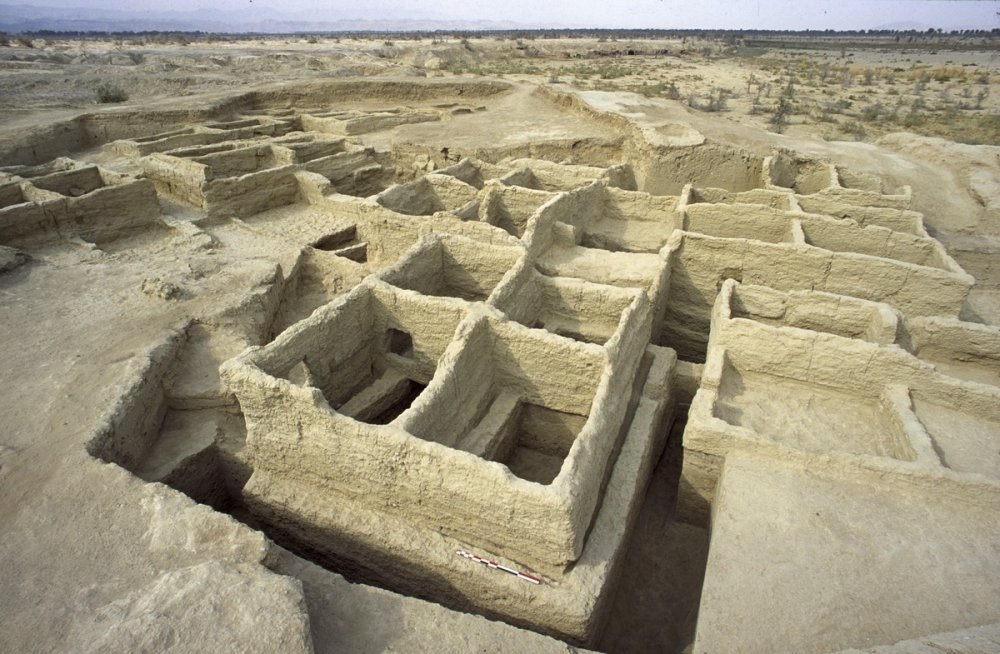
4. Taxila (Punjab) — The Ancient University & Crossroads of Cultures
A major hub from the Achaemenid era through Buddhist Gandhara and later periods, Taxila (near modern Islamabad/Rawalpindi) was a learning center and trade crossroads. The ruins include monasteries, stupas, the famed Dharmarajika stupa, and the Taxila Museum with exquisite Gandharan sculptures blending Greek and Indian styles.
Why visit: Gandharan art, Buddhist history, and accessible day-trip from Islamabad.
Tips: Allow time for the museum — many priceless sculptures and coins are housed there.
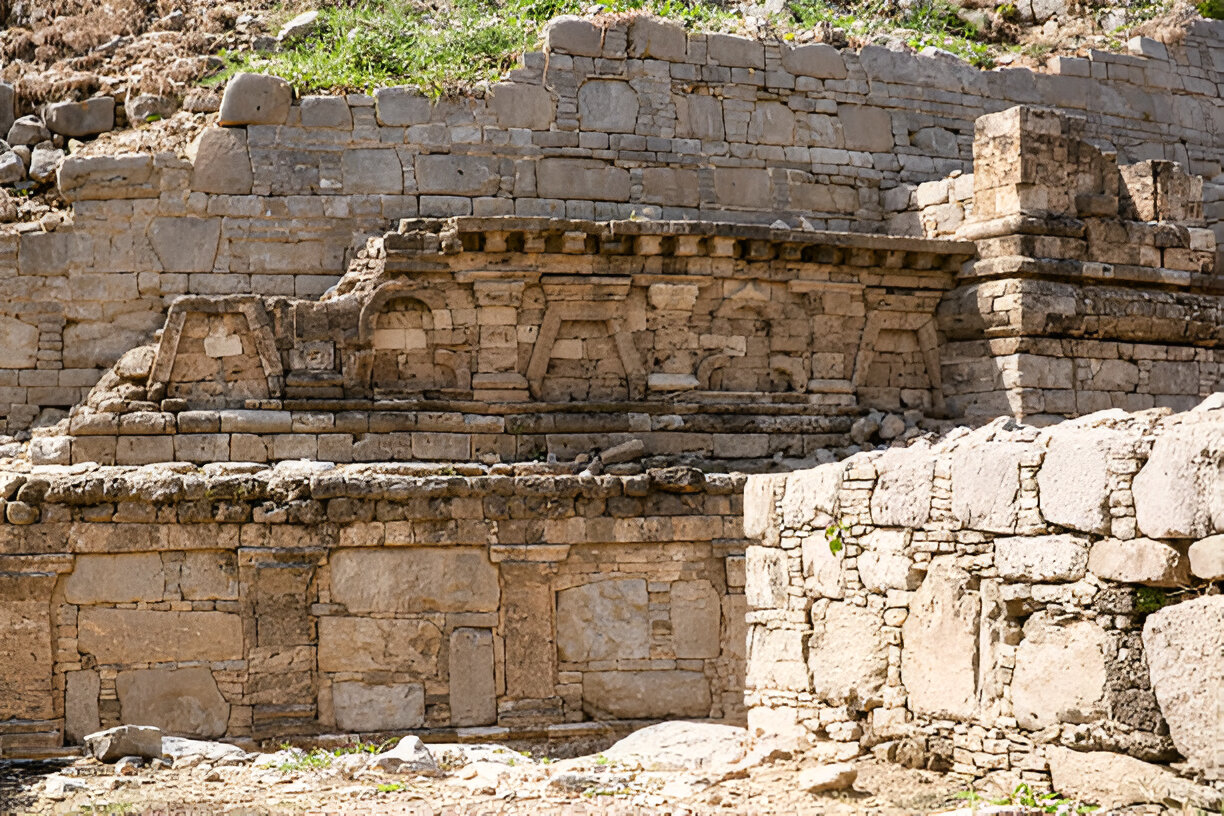
5. Takht-i-Bahi (Khyber Pakhtunkhwa) — A Bespoke Buddhist Monastery
Perched on a hill near Mardan, Takht-i-Bahi is an exceptionally well-preserved Buddhist monastic complex dating from the 1st century CE. Its cells, assembly halls and courtyards are remarkably intact.
Why visit: Superb preservation and panoramic views; UNESCO World Heritage site.
Tips: Wear comfortable shoes — the site involves walking and stairs.
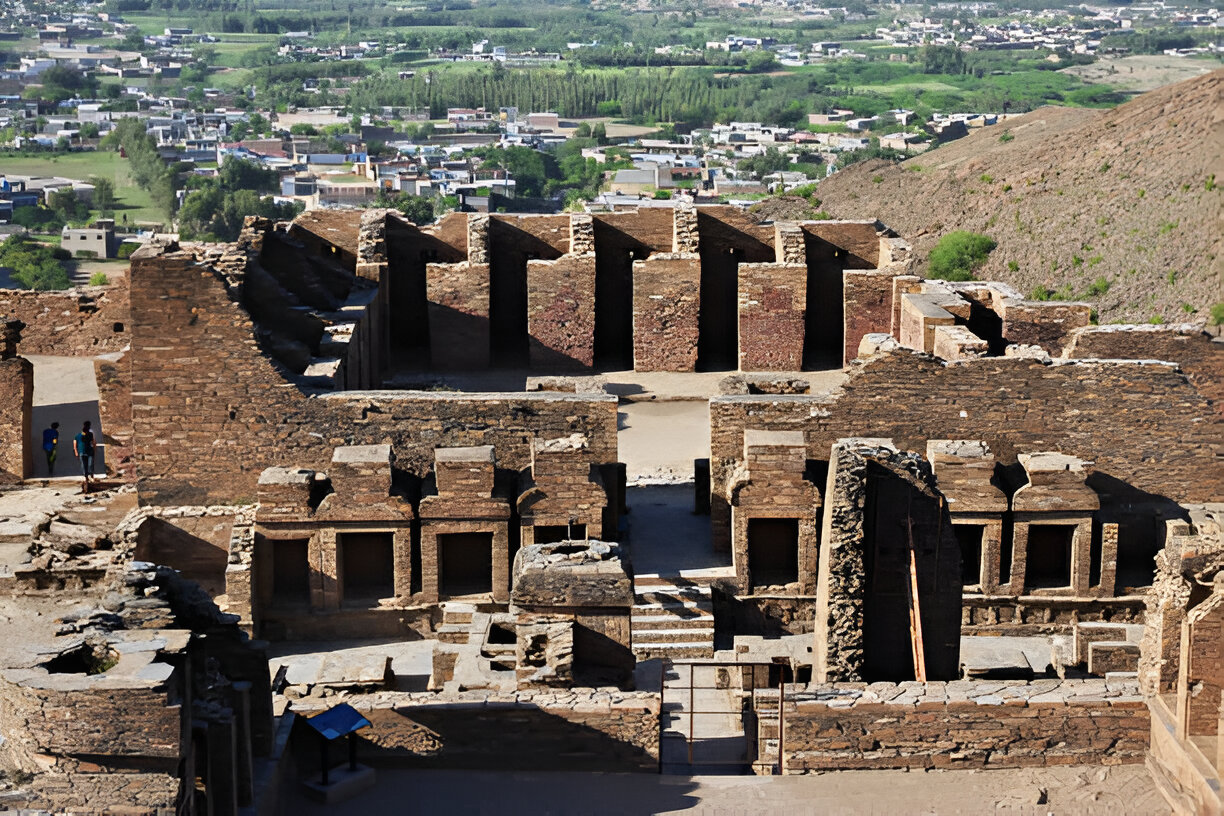
6. Makli Necropolis (Sindh) — Sea of Tombs
One of the world’s largest funerary sites, Makli Hill near Thatta holds hundreds of thousands of graves and elaborately decorated tombs spanning 400 years (14th–18th centuries). The tombs display an extraordinary mix of Islamic, Persian, Hindu and local artistic motifs.
Why visit: Vast necropolis with unique funerary architecture and stone carving.
Tips: Best visited with a local guide who can explain the historical figures and inscriptions.
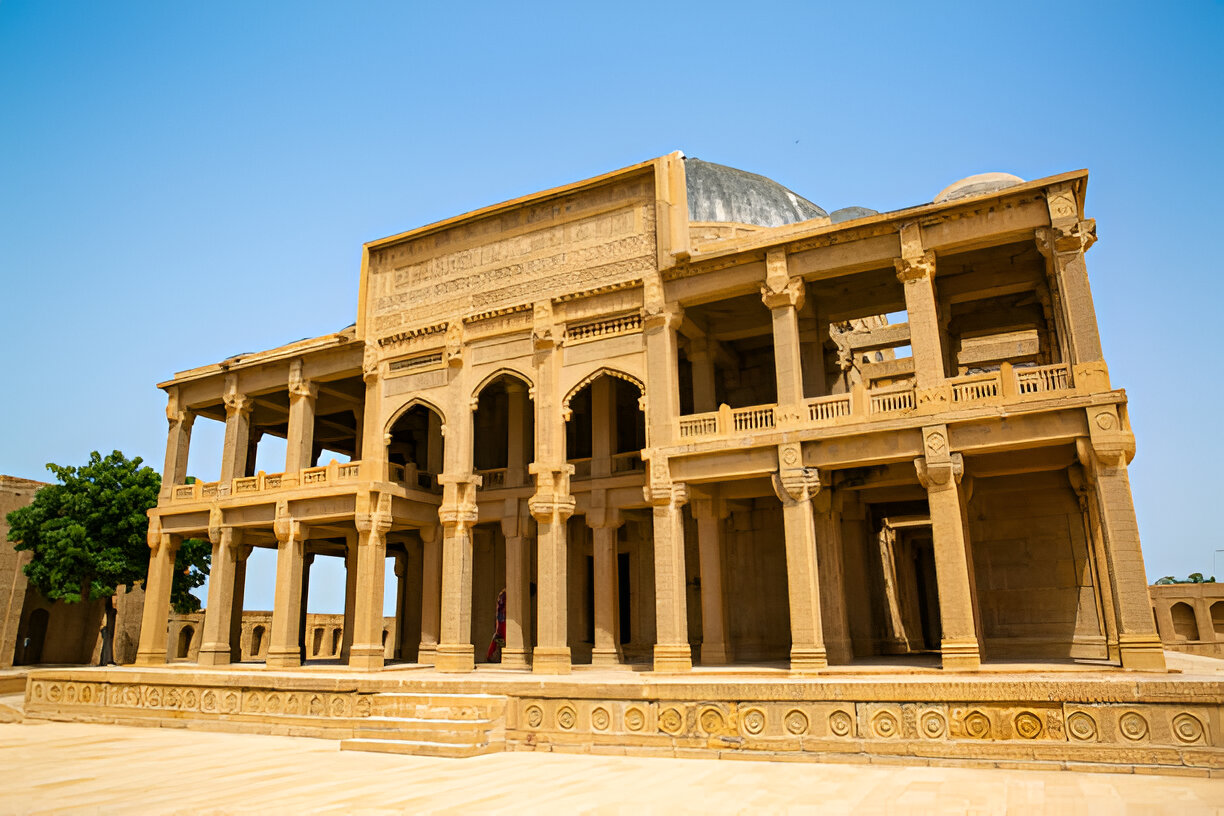
7. Rohtas Fort (Punjab) — A Mughal-era Military Masterpiece
Built by Sher Shah Suri in the 16th century to subdue the Gakhar tribes and block Mughal access, Rohtas Fort near Jhelum is a massive fortification with imposing gates, walls and bastions. Its defensive design is an architectural feat.
Why visit: Military architecture on a grand scale and a UNESCO site.
Tips: Combine with nearby historical sites; explore the gates and terraces.
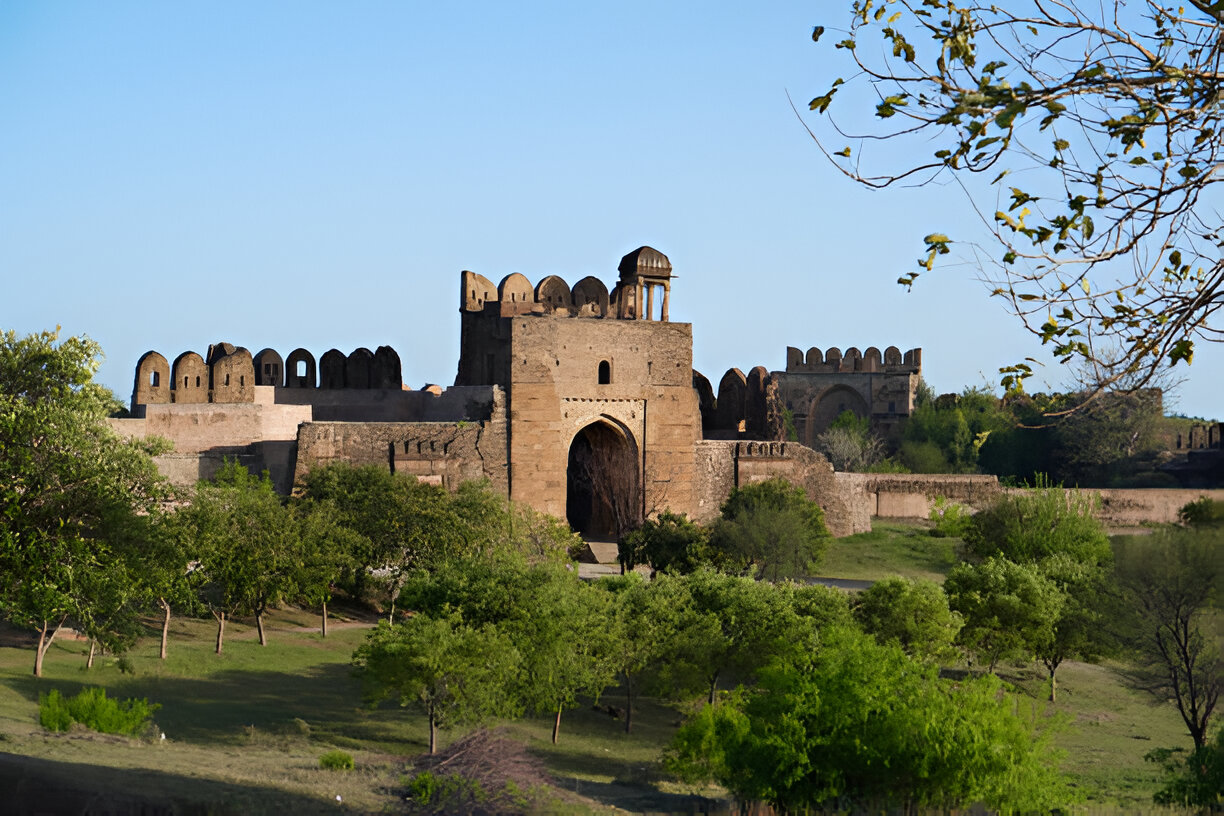
8. Ranikot Fort (Sindh) — The Great Wall of Sindh
Often called the world’s largest fort (by circumference), Ranikot is a massive encloser of over 26 km. Its origins are partially obscure — possibly rebuilt in different eras — but it’s a dramatic sight against the Sindh plains.
Why visit: Scale and mystery; perfect for photography and off-beat exploration.
Tips: Access can be remote — a 4×4 and local guide are recommended.
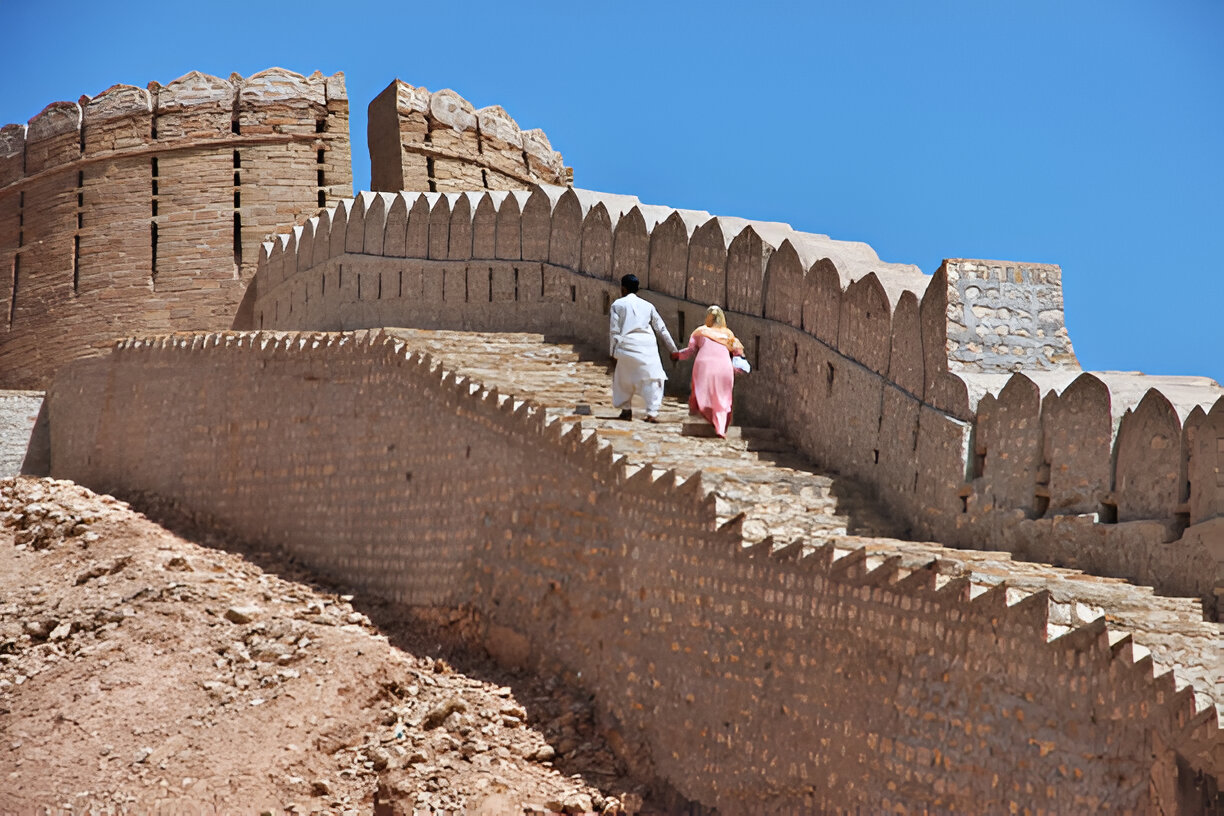
9. Katas Raj Temples (Punjab) — Sacred Hindu Complex
A complex of ancient Hindu temples around a sacred pond (Katas), this site near Chakwal reflects centuries of Hindu pilgrimage and architectural evolution. The temples are particularly picturesque during sunrise.
Why visit: Religious heritage, scenic pond and stone carvings.
Tips: Dress respectfully; check opening hours as they can vary.
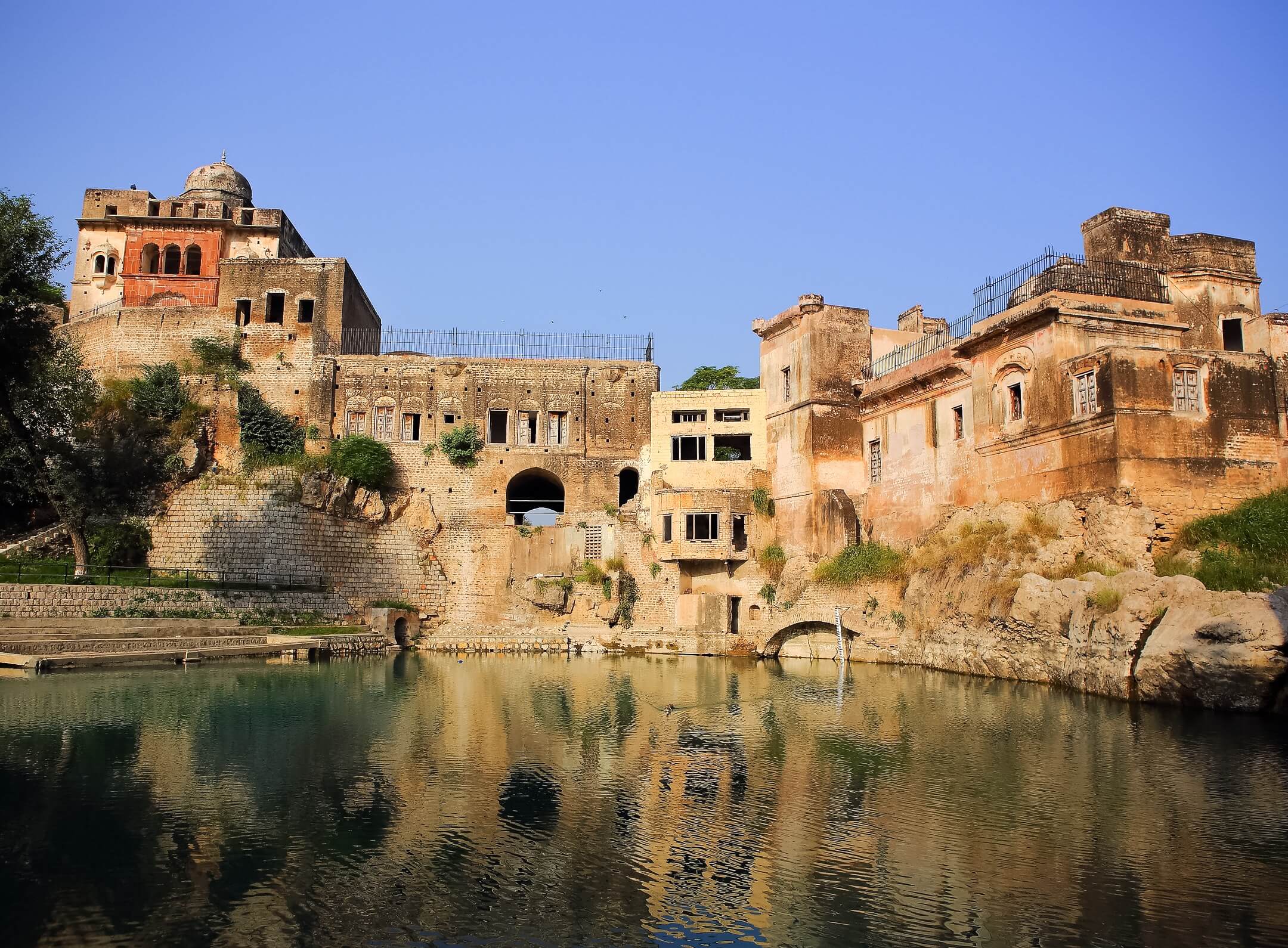
10. Chaukhandi & Jhukar (Sindh) — Pre-Indus & Early Islamic Tombstones
Chaukhandi is renowned for its elaborately carved tombs with geometric and floral stonework (14th–18th centuries). Sites like Jhukar reveal earlier cultures and protohistoric cemeteries from pre-Indus times.
Why visit: Rich stone carving tradition and prehistory.
Tips: Many carvings are exposed to weathering; consider visiting with preservationists or local historians.
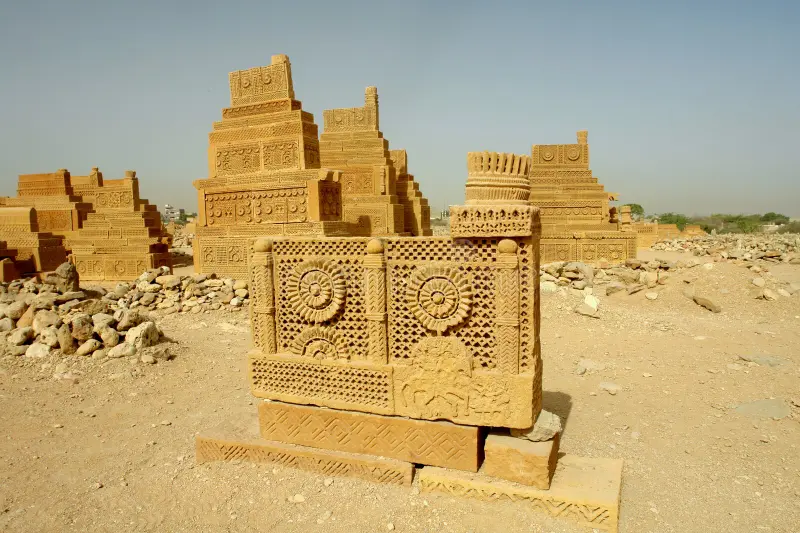
11. Baltit & Altit Forts (Gilgit-Baltistan) — Hill Fort Heritage
Perched above the Hunza Valley, Altit and Baltit forts tell the story of mountain kingdoms, trade on the Silk Route, and local craftsmanship. Baltit is restored and houses a museum; Altit shows ancient timber and stone architecture.
Why visit: Stunning mountain backdrop, cultural exhibitions, and heritage walks.
Tips: Combine with Hunza valley itinerary; altitude is a consideration — acclimatize.
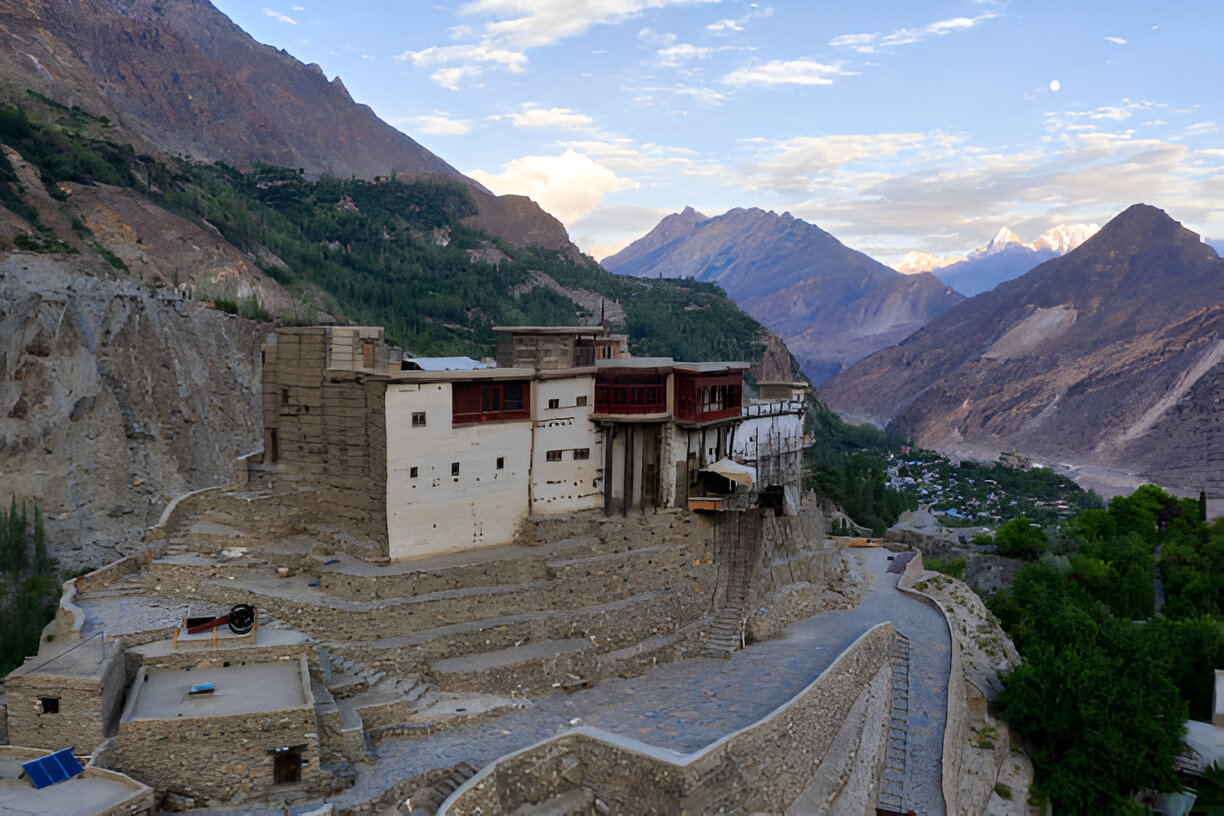
Why These Sites Matter
- Cultural Continuity: They link contemporary communities to ancient traditions.
- Academic Value: Archaeologists learn about urbanism, trade, ritual and social organization.
- Tourism & Economy: Responsible tourism supports local livelihoods and conservation.
- Identity & Pride: These remains are central to Pakistan’s historical narrative on the global stage.
Preservation Challenges & What You Can Do
- Threats: Weathering, looting, inadequate conservation funding, urban sprawl, and lack of public awareness.
- How to help: Support local museums, donate to certified conservation projects, respect site rules, avoid touching fragile structures, and spread awareness via social media.
- Responsible travel: Use licensed guides, follow designated paths, and avoid buying unprovenanced artifacts.
Practical Travel Tips
- Best times to visit: Autumn (Sept–Nov) and spring (Mar–May) — mild weather and clear skies.
- Permits & access: Some sites (especially in border or highland areas) may need permits or local guidance — check ahead.
- Guides & museums: A good guide and a visit to local museums (Taxila, Lahore, Karachi, Peshawar) hugely enrich the experience.
- What to pack: Hat, water, sunblock, comfortable shoes, and a camera. Respectful clothing at religious sites.
Sample 7-Day Itinerary (Archaeology Focus)
Day 1: Islamabad — Taxila Museum & Taxila ruins
Day 2: Islamabad → Peshawar — explore Bala Hisar and Peshawar Museum
Day 3: Lahore — small museums and Badshahi Mosque context (historical integration)
Day 4: Harappa day trip (from Lahore/Multan region)
Day 5: Mohenjo-daro & Makli Necropolis (Thatta) — overnight in Thatta/Karachi
Day 6: Mehrgarh overview (note: access restricted; arrange through archaeology department)
Day 7: Rohtas Fort or Ranikot Fort (depending on travel route)
FAQs
Q: Are these sites safe to visit?
A: Most major archaeological sites are safe for tourists, but always check local advisories and travel conditions, especially in remote or politically sensitive regions.
Q: Can I take photos?
A: Generally yes, but rules vary by site. Some museums restrict photography; always ask first.
Q: Are guided tours available?
A: Yes — many sites offer local guides or you can book licensed guides through tourism offices or reputable agencies.
Final Thoughts
Pakistan’s archaeological sites are treasures that reveal millennia of human achievement — towns, temples, forts and holy places that shaped regional history and the wider world. Whether you’re a history buff, photographer, student or traveler, these ruins invite curiosity and respect. Travel responsibly, learn from local experts, and help preserve these silent witnesses to human history.
